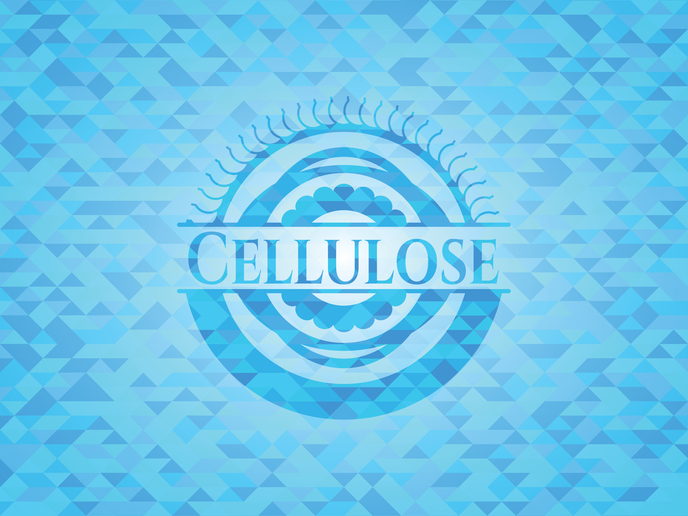3D printing with cellulose: The future of electrical insulation
The growing need for efficient and sustainable manufacturing processes in Europe’s electrical insulation industry has led to the search for new non-fossil-based solutions for insulation components. A commonly used raw material for such components is cellulose, the basic structural material of cell walls in plants and the most abundant of all naturally occurring organic compounds on Earth. Cellulose is a renewable forest material that is today mostly used in large-scale applications such as paper, packaging and textiles. The advantages of using cellulose in manufacturing insulation components stem from the material’s high purity, strength and long lifetime at operating temperature. However, manufacturing with cellulose has its disadvantages. It’s labour-intensive, consumes a lot of resources, time and energy, and consists of multiple steps. Moreover, the insulation component manufacturing process includes the creation of hundreds or even thousands of moulds to make the wide variety of components needed on the market.
The advantages of 3D printing
The solution to this problem comes in the form of 3D printing with cellulose, which completely does away with the need for moulds while also significantly reducing the number of steps needed in production. With these benefits in mind, the EU-funded NOVUM project is building a novel pilot line for the rapid, design-driven manufacture of advanced cellulose-based electrical insulation components. According to the project website, the pilot line will significantly improve efficiency, productivity and flexibility. Additionally, replacing manual operation with automated manufacturing will reduce labour time by 40 %, waste by 60 %, energy consumption by 20 % and operating costs by up to 40 %.
Properties of cellulose-based materials
The cellulose materials developed in the project contain no petroleum-based additives and are completely bio-based. As reported in an article posted on the ‘3DPrint.com’ website, the thermoplastic materials “contain cellulose derivatives, cellulose powders and bio-based plasticizers.” Although their cellulose content is up to 60 % higher than the commercial references, their “material strength properties are at the same level or even better.” Furthermore, “by changing the components in the formulations, or the respective ratios of the various components,” materials can be tailored to meet the needs of specific applications. Besides electrical insulation, the NOVUM (Pilot line based on novel manufacturing technologies for cellulose-based electrical insulation components) project also aims to demonstrate the additive manufacturing process for cellulose-based materials in the marine and automotive industries, the article reports. “For marine industry, the use case would be something completely new – on-demand printing of outdoor decorative elements for cruise ships. For automotive industry the key motivation is the sustainability factor that replacing fossil-based materials with bio-based ones will significantly contribute to.” Launched in October 2017, the NOVUM project is currently in its 4th year and ends in March 2022. For more information, see: NOVUM project website
Keywords
NOVUM, cellulose, electrical insulation, 3D printing, manufacturing



